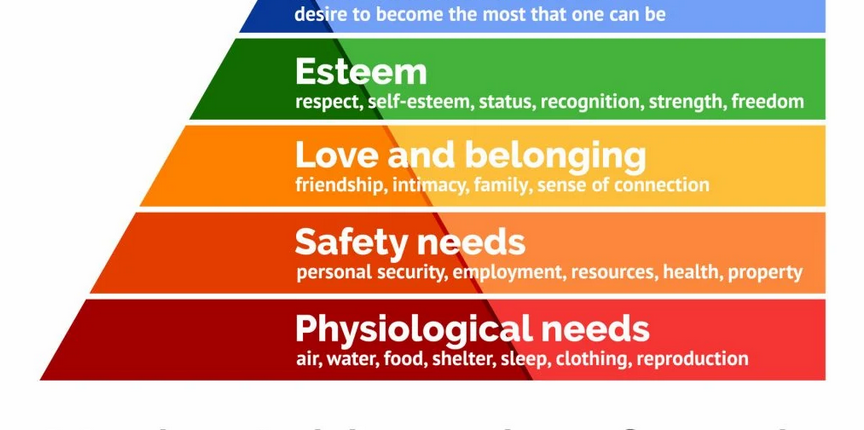SEO Optimization Tips for Your Website
With millions of websites vying for users’ attention, standing out can be tricky. Yet, there is a solution: SEO Optimization.
By optimizing your website for SEO, you can improve your website’s ranking in SERPs and attract more traffic. So, buckle up and get ready to learn how to make your website an SEO powerhouse! This blog will explore the steps you can take to optimize your website for SEO and achieve online success. Here’s what you need to know.
Understanding SEO
SEO, or search engine optimization, improves your website’s ranking in search engine results pages (SERPs) by optimizing its content, structure, and performance. SEO aims to make your website more visible to users searching for keywords related to your business or industry. But how do search engines determine which websites to display on their results pages?
Understanding SEO is crucial for optimizing your website and attracting more traffic. Search engines use complex algorithms that analyze various factors, such as the relevance and quality of a website’s content, its structure and organization, and its performance and user experience. The higher your website ranks in SERPs, the more likely users are to visit your site. Let’s look at some ways you can optimize your website for SEO.
Conducting Keyword Research
Keywords are the cornerstone of SEO and pay-per-click (PPC) marketing campaigns. To improve your website’s SEO, ranking at the top of Google’s search results should be your top priority. By identifying your website’s most relevant and high-traffic keywords, you can attract quality website traffic that may turn into leads and new clients.
Fortunately, various tools are available to conduct keyword research, such as Google Keyword Planner. If your marketing budget allows, you can also invest in pay-per-click ads to get organic results for your website. With Google Ads, advertisers bid to appear at the top of search results for specific keywords. Choosing keywords that indicate a user is ready to buy can be a smart strategy for a paid search campaign. You can improve your website’s ranking and attract traffic by targeting the right keywords.
Optimizing Your Website’s Content
Optimizing your website’s content is crucial to attract more traffic and improve your website’s search engine optimization (SEO). Creating high-quality, original content relevant to your target audience is essential. Using relevant keywords throughout your content can help, but be careful not to overuse them, as keyword stuffing can result in penalties from search engines.
Another effective strategy is to use internal links to help search engines understand the structure of your website and the relationships between pages. Internal links can improve the user experience and encourage visitors to explore your site further. Additionally, external links to reputable sources can enhance your website’s credibility and authority in the eyes of search engines.
Headlines are also an essential aspect of optimizing your website’s content. Using H1 and H2 tags for your headlines and including your target keywords can improve your website’s ranking in SERPs. Remember that the quality and relevance of your content are essential factors in SEO. Therefore, focus on creating informative, engaging, and helpful content for your target audience.
Remember that SEO is an ongoing process, and it may take some time to see results. Stay committed to creating high-quality content that provides value to your audience, and you will see the benefits over time.
Optimizing Your Website’s Structure
Your website’s structure is another paramount factor in SEO optimization. A well-structured website makes it easier for search engines to crawl and index your pages. Here are some tips for optimizing your website’s structure:
- Use a Simple URL Structure: Your website’s URLs should be readable. Avoid using long, complex URLs that include unnecessary characters.
- Use a Mobile-Friendly Design: More users are accessing websites from their mobile devices. Websites should have a responsive design that looks great on desktop and mobile devices.
- Use Schema Markup: Schema markup is a code that helps search engines understand your website’s content. Using schema markup, you can improve your website’s visibility in search engine results pages.
Regularly reviewing your website’s analytics and search engine rankings can help you identify areas for improvement and adjust your SEO strategy accordingly.
Continually Improving Your SEO
SEO isn’t a one-time fix. It is an ongoing process that requires regular monitoring and improving your website’s SEO. Here are some tips for monitoring and improving your SEO:
- Use Google Analytics: Google Analytics provides valuable insights into your website’s traffic and performance. Use it to track your website’s traffic and identify areas for improvement.
- Regularly Update Your Content: Updating your website’s content can improve your SEO and attract more traffic. Aim to update your content at least once a week.
- Monitor Your Website’s Backlinks: Backlinks from reputable sources can improve your website’s credibility and ranking. Use tools like Ahrefs to monitor your website’s backlinks and identify areas for improvement.
Additionally, regularly updating your website’s content with new and relevant information can help improve its visibility in search engine results pages (SERPs). By consistently monitoring and improving your website’s SEO, you can attract more traffic and achieve online success over the long term.
Final Thoughts
SEO optimization is crucial to attracting more traffic and improving your website’s ranking in search engine results pages. Following the tips outlined in this article, you can create a website optimized for SEO and achieve online success.
At Onimod Global, we are your in-house marketing team based in Chicago, specializing in specific marketing verticals or a well-balanced approach. Our services range from social media to SEO and paid search, and we offer the tools you need to ensure your business succeeds online. We are committed to providing exceptional customer service and teaching you the most relevant and up-to-date digital marketing skills.
Contact us today if you have any questions about creating your online presence and need help strategizing. We are here to help you achieve your goals and take your business to the next level.


